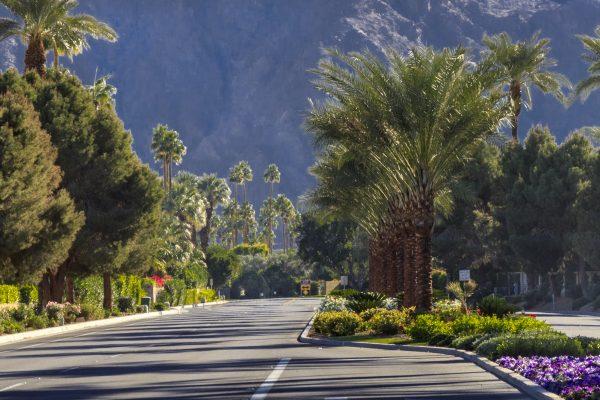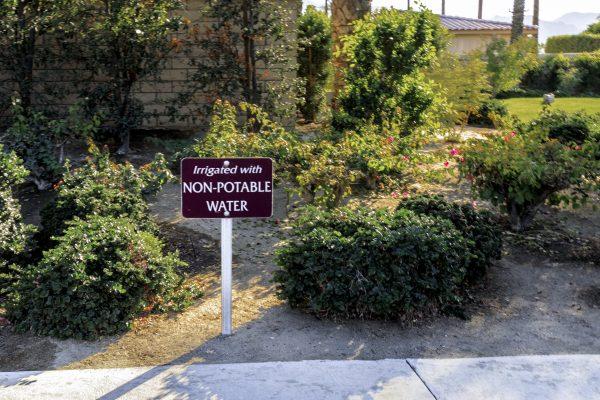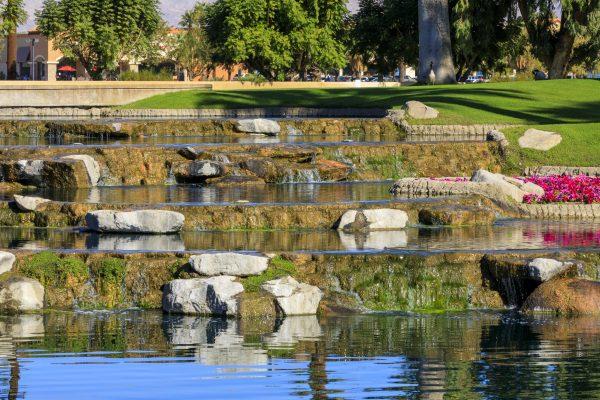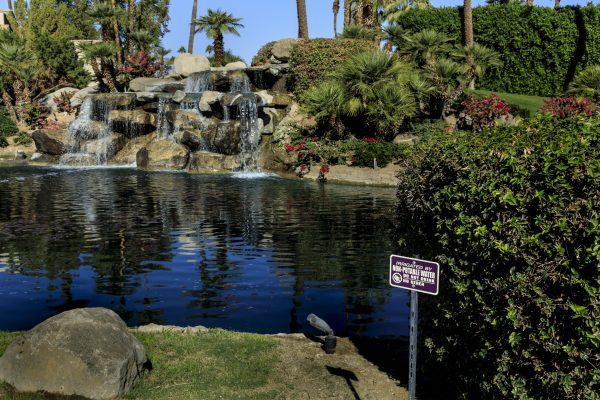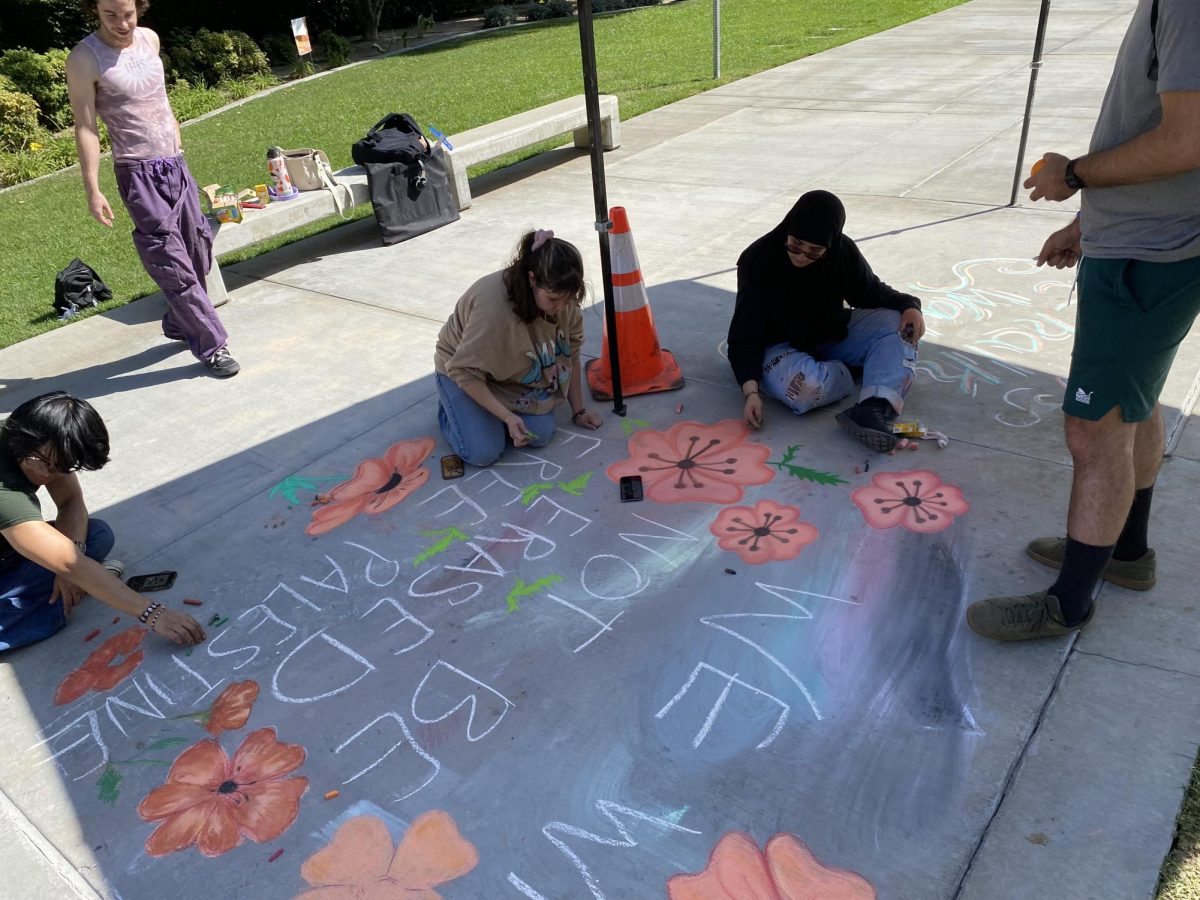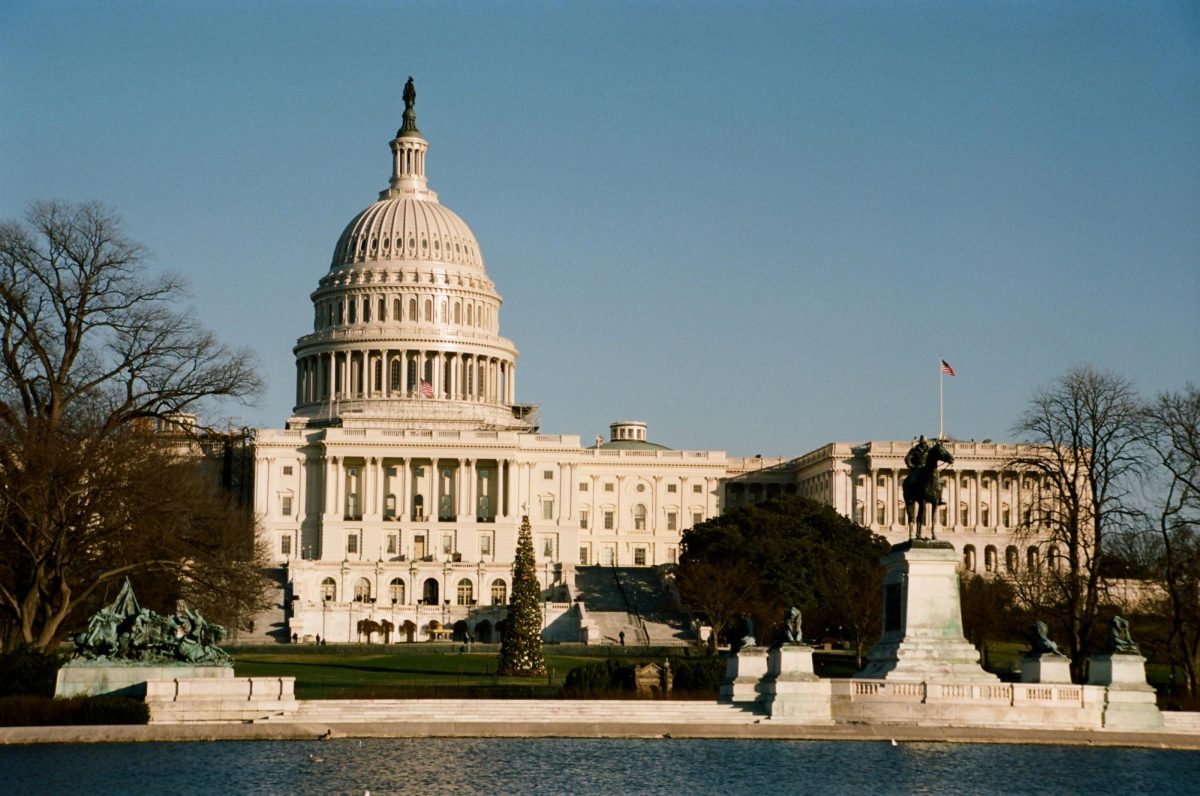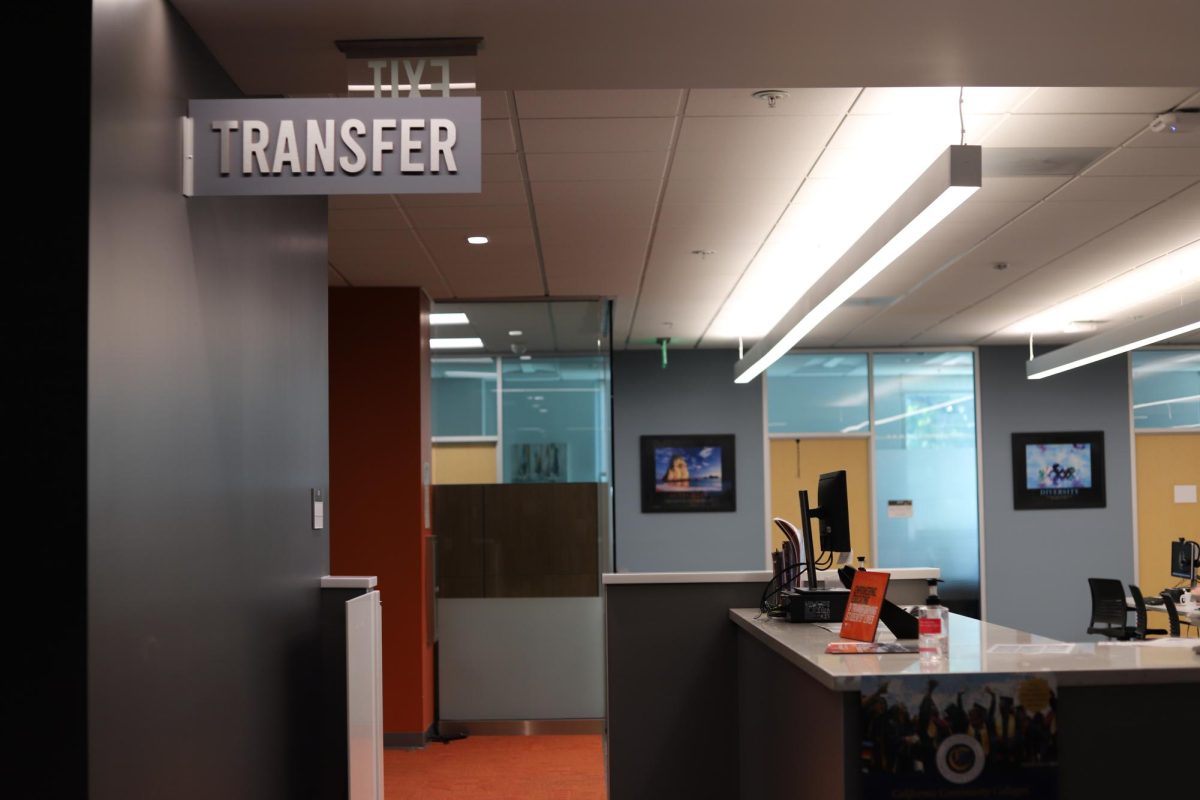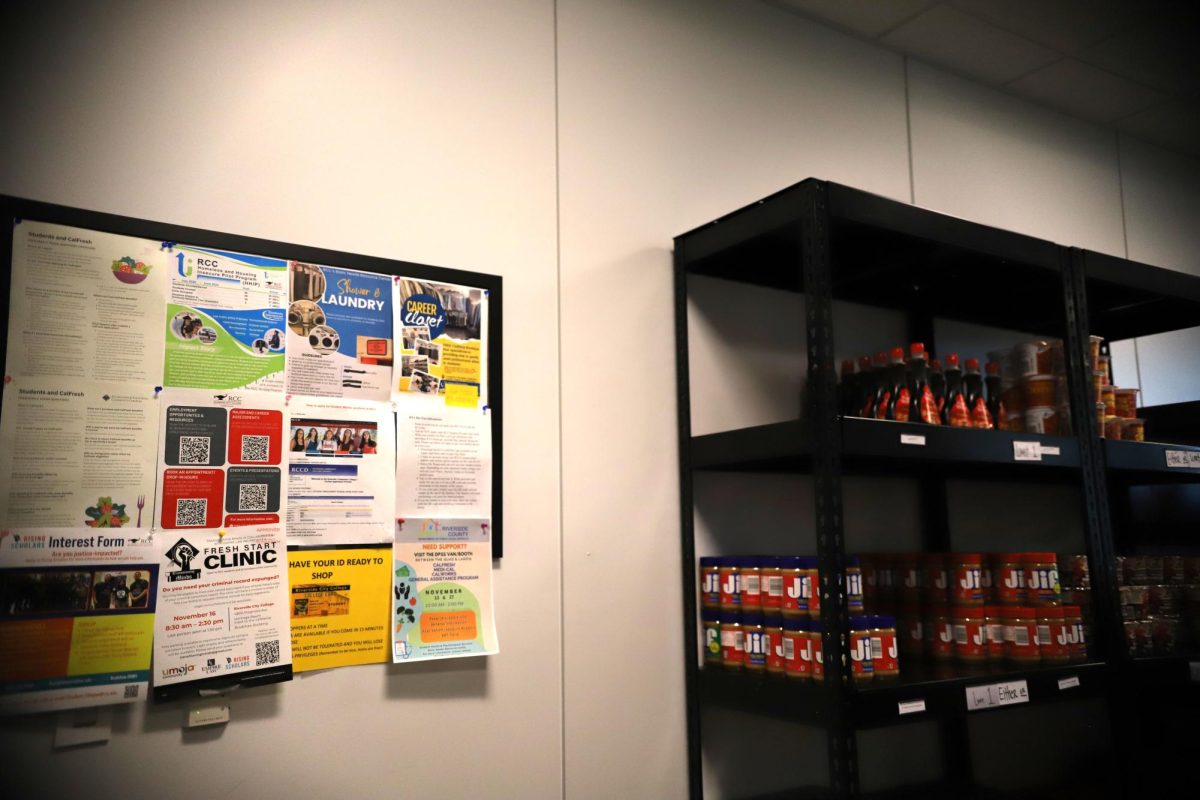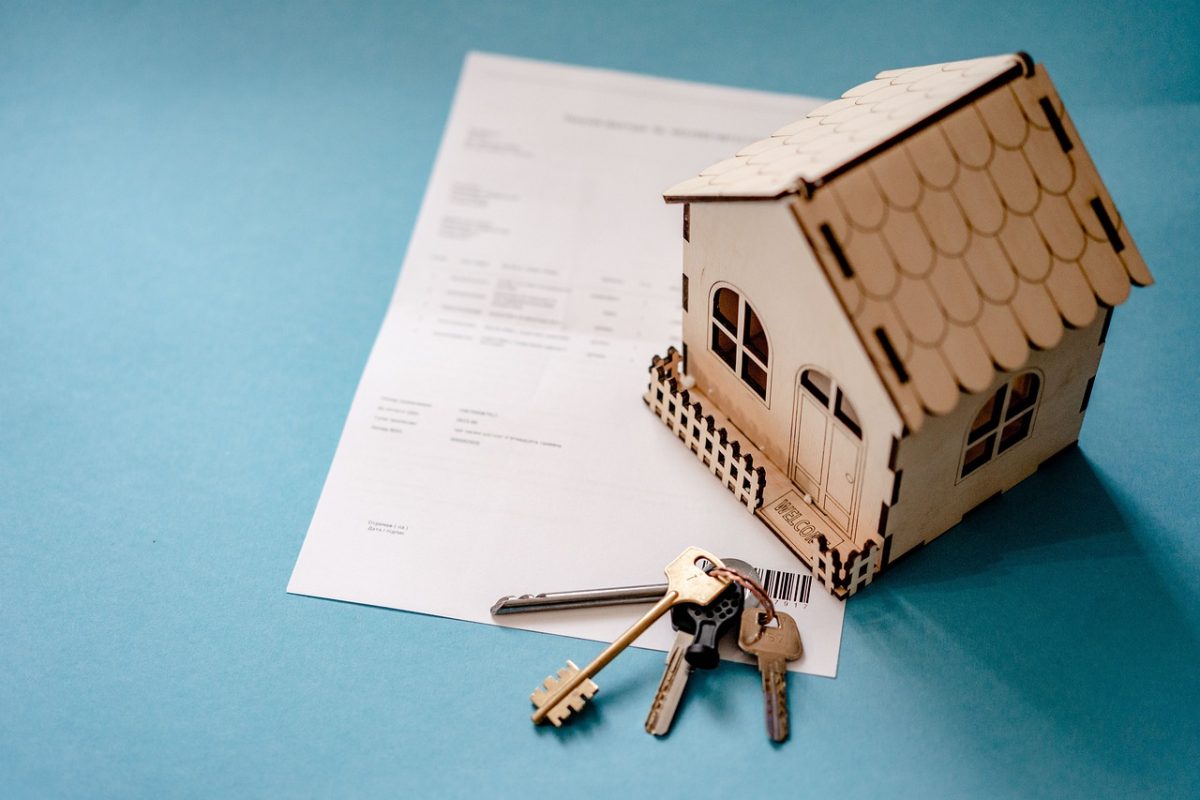By Joyce Nugent
This article is part four of the series about California’s water crisis. Read more here.
There will never be enough water to satisfy California’s demands, even in good years. The current megadrought, exacerbated by climate change, has only worsened the problems.
California’s water supports three main sectors — urban population, agriculture, and environment. The urban population uses 11%, agriculture uses 42% and the environment uses 47%. Environmental water includes water in rivers, water required for maintaining habitat within streams, water that supports wetlands and water needed to maintain water quality for agricultural and urban use.
As the largest farming companies continue to demand a large share of the state’s water, stakes couldn’t be higher for the environment. Competing interests take more and more fresh water out of the ecosystem, draining its rivers and groundwater.
After the devastating drought ended in 2017, the Sacramento Bee reported then Gov. Jerry Brown’s warning, “But the next drought could be around the corner. Conservation must remain a way of life.”
In just four short years, sooner than many scientists expected, California faces another drought and a severe water crisis where some towns have seen their wells go almost completely dry.
Any proposed solution to California’s many drought-related water problems must be part of a significant effort that includes better management of existing water supply, with rainwater harvesting, recycled water and changes to outdoor landscaping and farming.
“It’s obviously a big, big problem and magic solutions are hard to come by,” says Glen MacDonald, a water expert who holds UCLA’s endowed chair in the Geography of California and the American West.
According to the BlueGreen Alliance, cities are still using pipes that are about a century old. An estimated 20% to 50% of water is lost to leaks in the supply system.
“People talk about reducing the time you take showers, but if you think about 50% of water flowing through the system being lost, it’s another magnitude,” said Daniel Tartakovsky, a professor of energy resources engineering at Stanford’s School of Earth, Energy & Environmental Sciences.
The alliance and other advocates proposed investing $105 billion in existing US water infrastructure repairs and maintenance. The infrastructure bill President Joe Biden recently signed into law provides $55 billion to upgrade water infrastructure and another $50 billion to go toward making the system more resilient.
“Will the investment help? Yes, it will help, but the investment is not the solution. We have to cut it back,” said Samuel Sandoval Solis, an expert in water resources planning and management at the UC Davis Center for Watershed Sciences. “This is not about bringing more water. If we bring more water, rest assured that water will be used. It’s about how can we use less water.”
Nowhere near enough water has fallen on California in years, and there’s nothing you can do to make it rain, according to Scott Maloni, vice president at Poseidon Water. “Can you really count on the Colorado River or Northern California to continue to supply the vast majority of the state’s population with water?”
So, where else can California get water?
One idea gaining traction is desalination (desal), the process of converting seawater into drinking water. While desal has long been constrained by steep costs, lengthy permitting processes and environmental concerns, some critics now say it merits a place in the state’s water portfolio.
Susan Jordan with the California Coastal Protection Network is a longtime critic of desal. She says communities should first exhaust their other options.
“If you’re going to do something like desal, you want to make sure you’re doing everything you can in terms of conservation and water reuse,” Jordan said.
Water reuse, also commonly known as water recycling or water reclamation, reclaims water from various sources then treats and reuses it for beneficial purposes such as agriculture and irrigation, potable water supplies, groundwater replenishment, industrial processes and environmental restoration. Water reuse can provide alternatives to existing water supplies and enhance water security, sustainability and resilience.
Adopting sustainable practices to maximize the amount of water collected and minimize the amount lost to evaporation can help increase the effectiveness of reservoirs and canals.
An analysis of the California Water Project’s efficiency conducted by the University of California, Davis found that installing solar panels to cover the 444-mile-long California Aqueduct could prevent the loss of 9,855 acre-feet of water per year that could be used for irrigation or even released as environmental flows.
Just as technology has made monitoring water use in the home easier, technological innovation enables more efficient water use in agriculture. From smart water sensors on the ground to drones and satellites in the air, farmers can access better data faster and apply more targeted irrigation methods.
Smart water sensors can monitor other variables, including pH level, salinity, and additional factors that impact crop health.
On average, each Californian uses 60 gallons of water every day. Where does all that water go?
Approximately 28% is flushed, 23% for laundry, 19% for showers or baths, 15% through faucets, 3% for dishwashers and 12% through leaks.
According to the U.S. Environmental Protection Agency, household leaks can waste more than 1 trillion gallons annually nationwide. That’s equal to the annual household water use of more than 11 million homes. The average household’s leaks can account for nearly 10,000 gallons of water wasted every year. Ten percent of homes have leaks that waste 90 gallons or more per day.
Many changes can be made around the house to conserve water. If all Californians commit to using water efficiently, the combined result could reduce the state’s water consumption by up to 30%.
By making conservation a way of life in California, the state can save water, minimize water waste, prepare for the uncertainties of climate change and minimize the harmful effects of drought.
For an extensive list of water-saving tips, go to https://www.epa.gov/watersense/start-saving.

